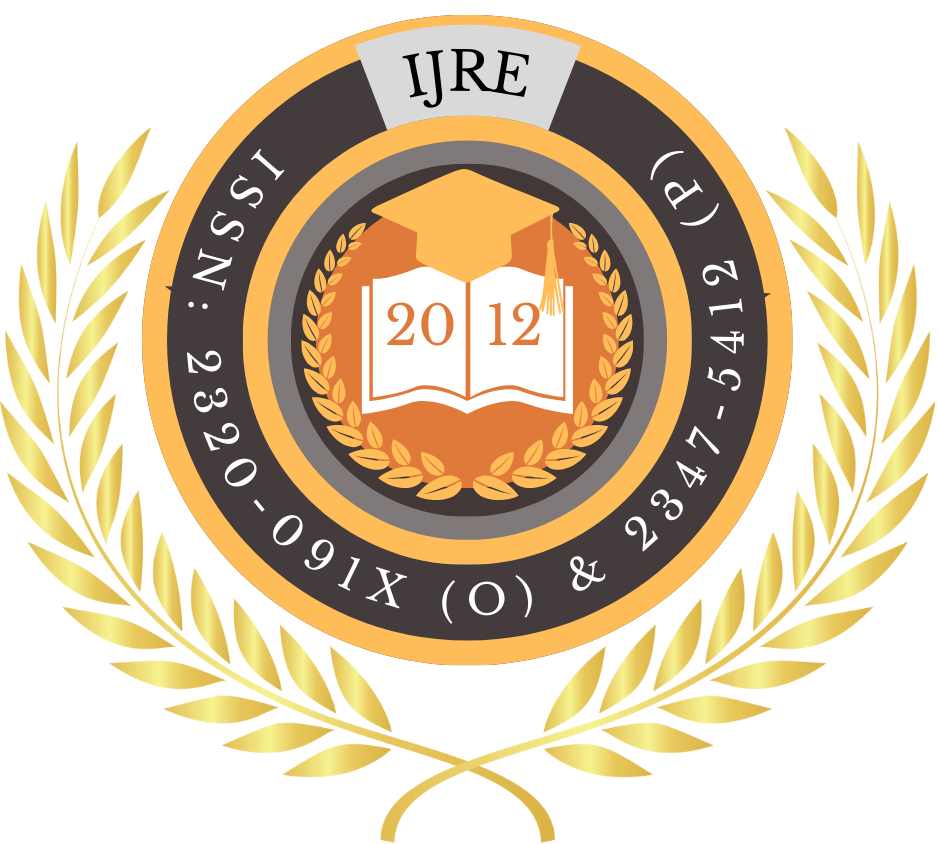![]()
Certificate: View Certificate
Published Paper PDF: View PDF
Monika Tiwari
Independent Researcher
Uttar Pradesh, India
Abstract
Digital plagiarism detection tools have become indispensable in safeguarding academic integrity across Indian higher education institutions. This study delves into the nuanced landscape of tool adoption, perceived effectiveness, and contextual challenges faced by both faculty and postgraduate students in India. Utilizing a structured survey of 200 participants drawn from ten universities representing diverse regions and disciplines, we systematically evaluate user experiences with leading platforms such as Turnitin, Urkund, PlagScan, and iThenticate. Our analysis covers not only the quantitative dimensions—frequency of use, accuracy ratings, and integration levels—but also qualitative insights into false positives, language-specific limitations, and policy ambiguities. The findings reveal a clear dichotomy: while users exhibit high confidence in detecting verbatim copying, they express significant reservations about the tools’ capacity to identify sophisticated paraphrasing and cross‑language plagiarism. Institutional support emerges as a critical factor, with formal training and clear policy frameworks markedly improving user trust and effectiveness. Based on these insights, we propose a set of best practices, including customized workshops, localized database enhancements, and tighter integration with learning management systems, to bolster the integrity of scholarly work across Indian academia.
Keywords
Digital Plagiarism Detection, Indian Academia, Turnitin, User Perceptions, Academic Integrity
References
- Alzahrani, S. M., Salim, N., & Abraham, A. (2012). Understanding plagiarism linguistic patterns, textual features, and detection methods. IEEE Transactions on Systems, Man, and Cybernetics: Systems, 43(2), 329–344.
- Kumar, V., & Madhavan, R. (2017). Use of plagiarism detection software in Indian doctoral programs: A critical analysis. Indian Journal of Education and Information Management, 12(1), 45–53.
- Malhotra, R. (2019). Institutional policies on plagiarism in Indian higher education: A comparative study. Educational Policy Analysis Archives, 27(32), 1–20.
- Mukherjee, S., Rao, H., & Singh, P. (2019). Faculty perceptions of digital plagiarism detection in Indian universities. Journal of Academic Ethics, 17(3), 233–248.
- Pecorari, D., & Shaw, P. (2012). Plagiarism detection and prevention in academic writing: A systematic review. Language and Education, 26(3), 243–257.
- Pecorari, D. (2008). Academic Writing and Plagiarism: A Linguistic Analysis. Continuum.
- Pecorari, D. (2013). Teaching to avoid plagiarism: How to promote good source use. Open University Press.
- Shahid, M. (2016). Comparative evaluation of text-matching tools: Turnitin vs Urkund. International Journal of Digital Literacy and Digital Competence, 7(4), 17–32.
- Sutherland-Smith, W. (2008). Plagiarism, the Internet, and Student Learning: Improving Academic Integrity. Routledge.
